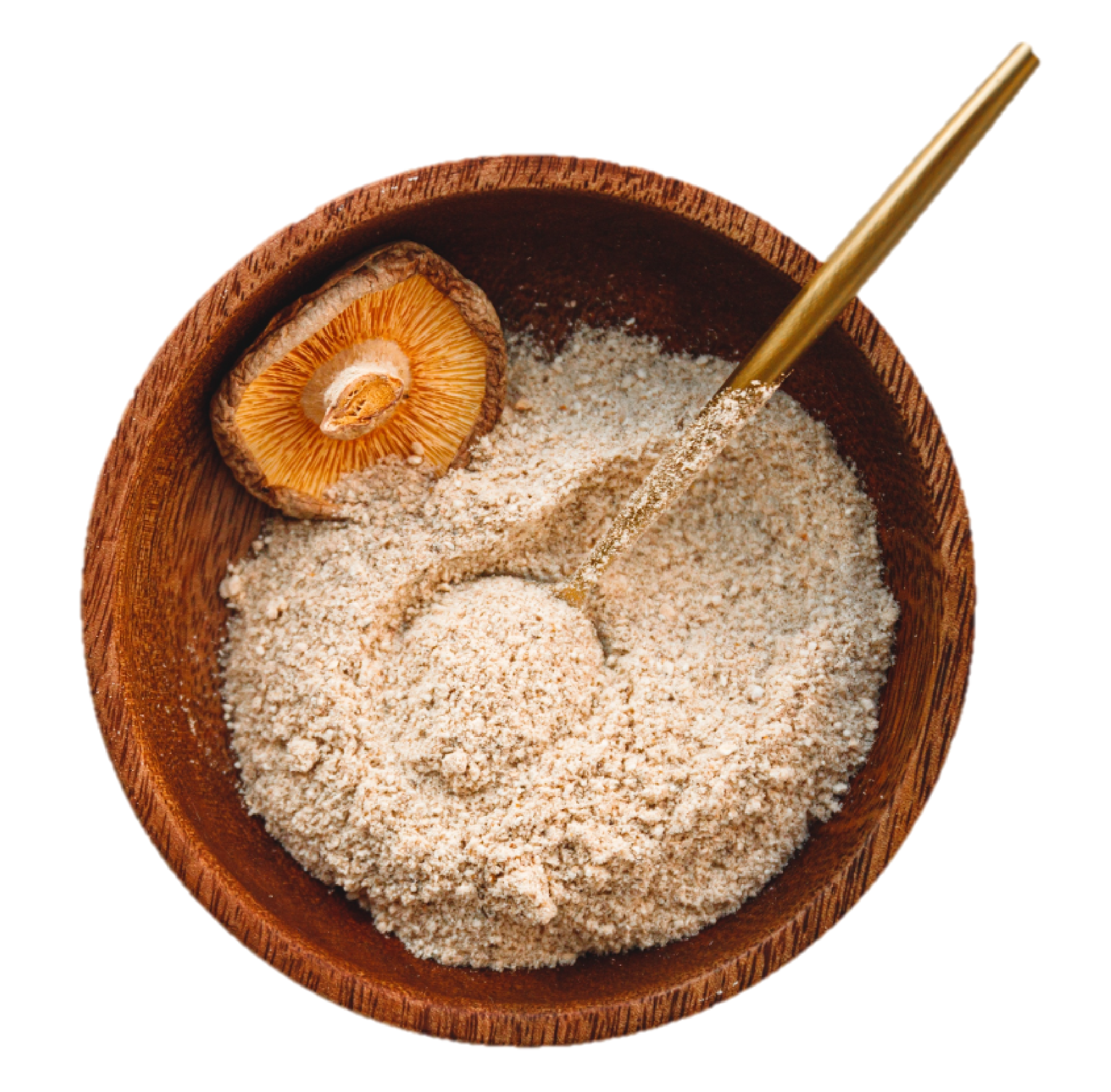Where the world is going next for Vitamin D
Vitamin D is hot right now. The recent USDA Dietary Guidelines have designated Vitamin D as a ‘shortfall’ nutrient and a recent NHANES study indicated that 94% of U.S. adults are not consuming adequate amounts. Throughout North America, doctors are telling their patients to get more Vitamin D at a higher rate than ever before.
Oakshire Natural's Mushroom Powder
Oakshire Natural’s Mushroom Powder is an ingredient that can help you add ‘good’, ‘excellent’ or ‘high potency’ vitamin D source claims to your products – cost-effectively. But the exciting news is that it is a real vegan, whole food source of Vitamin D that will give you consumer friendly labels and won’t affect the organoleptic properties of your formulations.

Where is Vitamin D currently sourced?
With consumers opting for cleaner labels and more natural, wholesome ingredients, companies are concerned about working with animal-based sources of Vitamin D or highly processed extracts that might not be considered wholesome. This comes at a time when Vitamin D is more important to consumers than ever before.
Lanolin (Wool)
Vitamin D3 can be manufactured from cholesterol which is isolated from wool grease. The cholesterol is converted chemically to 7-dehydrocholesterol which is irradiated with UV light to form pre-vitamin D3 and cisvitamin D3, the biologically active precursors to the vitamin D3 metabolites.
Fish Liver
Cod liver oil is a good source of vitamin D3, historically but crude cod liver oil processing involves alkalirefining, bleaching, winterization, and deodorization. This vigorous treatment of the vitamin containing oil substantially depletes the vitamin activity. Fully cleaned and deodorized cod liver oil is sold with synthetic vitamins added back. Most of the cod liver oils on the market fall into this category.
Yeast
Vitamin D2 is obtained by using UV irradiation techniques with ergosterol. Ergosterol is obtained from yeast fermentation. This method generates material with more than 1 million IU/g of Vitamin D2. Vitamin D2 is extracted from starting material, to bring levels down to approximately 100,000 IU/g. This extraction uses the solvent pyridine – which is on the California Prop 65 list. While plant-based, this type of extraction means yeast-based material is not a whole food.
Lichen
Lichen is not a sustainable source material; it is a fragile part of any ecosystem. Vitamin D is extracted using caustic solvent extraction of undisclosed type. Powder form contains carrier to transition from oil. This is a chemical derivative product, not natural.